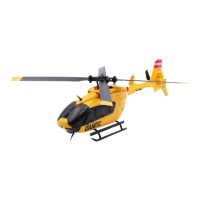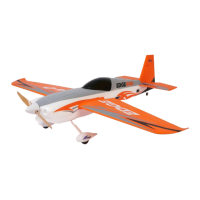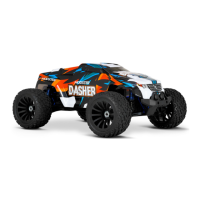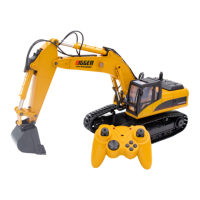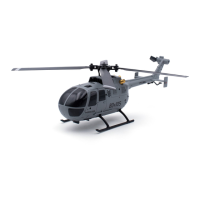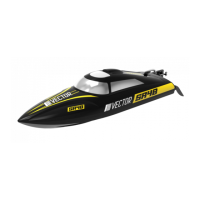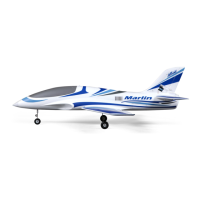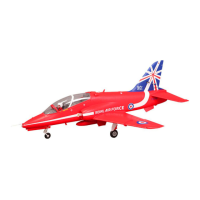What to do if MODSTER EC-135 aircraft cannot be unlocked?
- IireynoldsJul 28, 2025
If your MODSTER Toy aircraft cannot be unlocked and the indicator light flashes red rapidly, it means the battery voltage is too low. Fully charge the battery to resolve this issue.
